Listen on Apple Podcasts or Google Play
In this episode of NeoConversations, we are asking: What is the circular economy and what role do architects and designers play in it? How can we design truly sustainable spaces and specify materials in which the entire lifecycle has been considered, including eventual reuse?
What are the implications, misconceptions and benefits associated with materials made from regenerated waste? Joining us today are two experts who taking the lead in the circular economy...
Listen as host Amy Devers talks to Giulio Bonazzi, CEO + Chairman, Aquafil and David Oakey, founder of David Oakey Designs:

Giulio Bonazzi, CEO + Chairman, Aquafil (left) David Oakey, founder of David Oakey Designs (right)
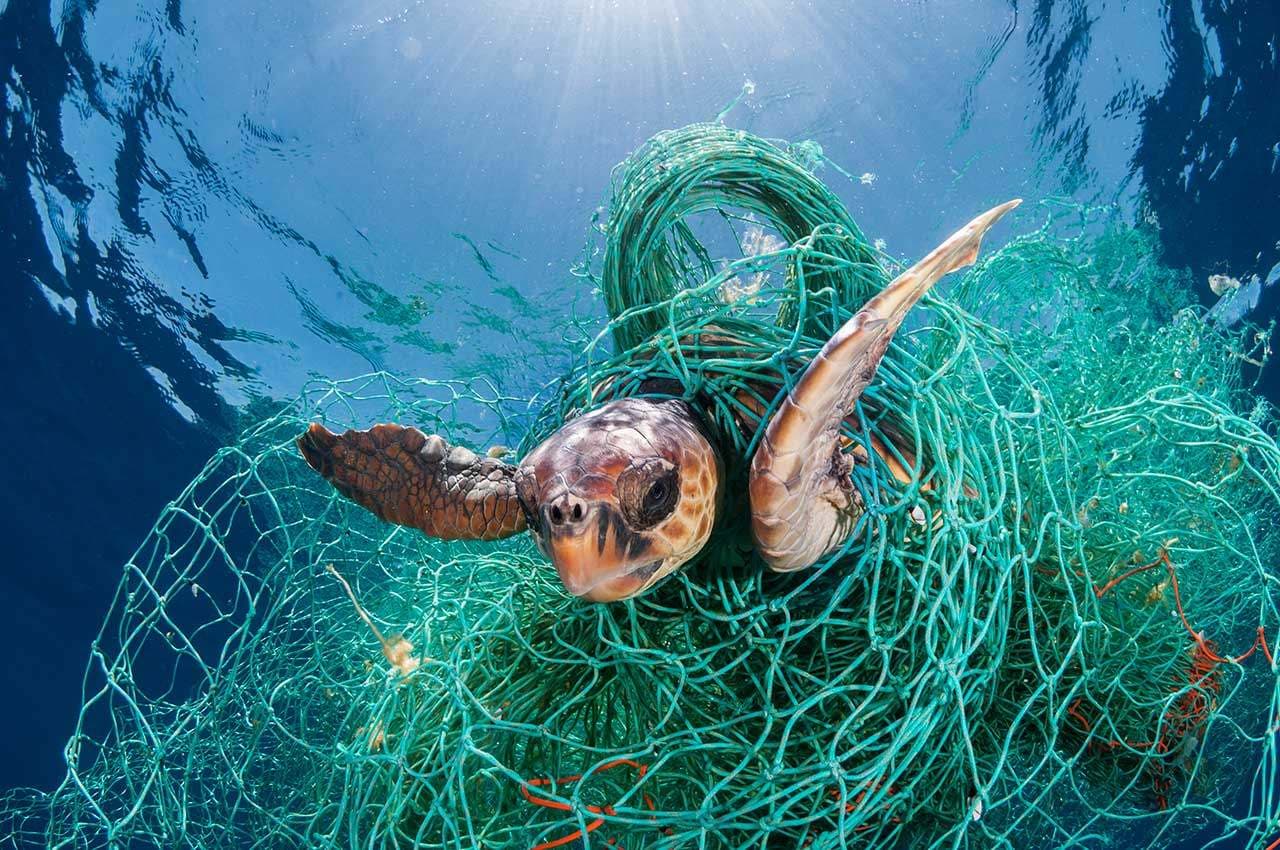
The ECONYL® Regeneration System starts with rescuing waste, like fishing nets, from oceans all over the world.
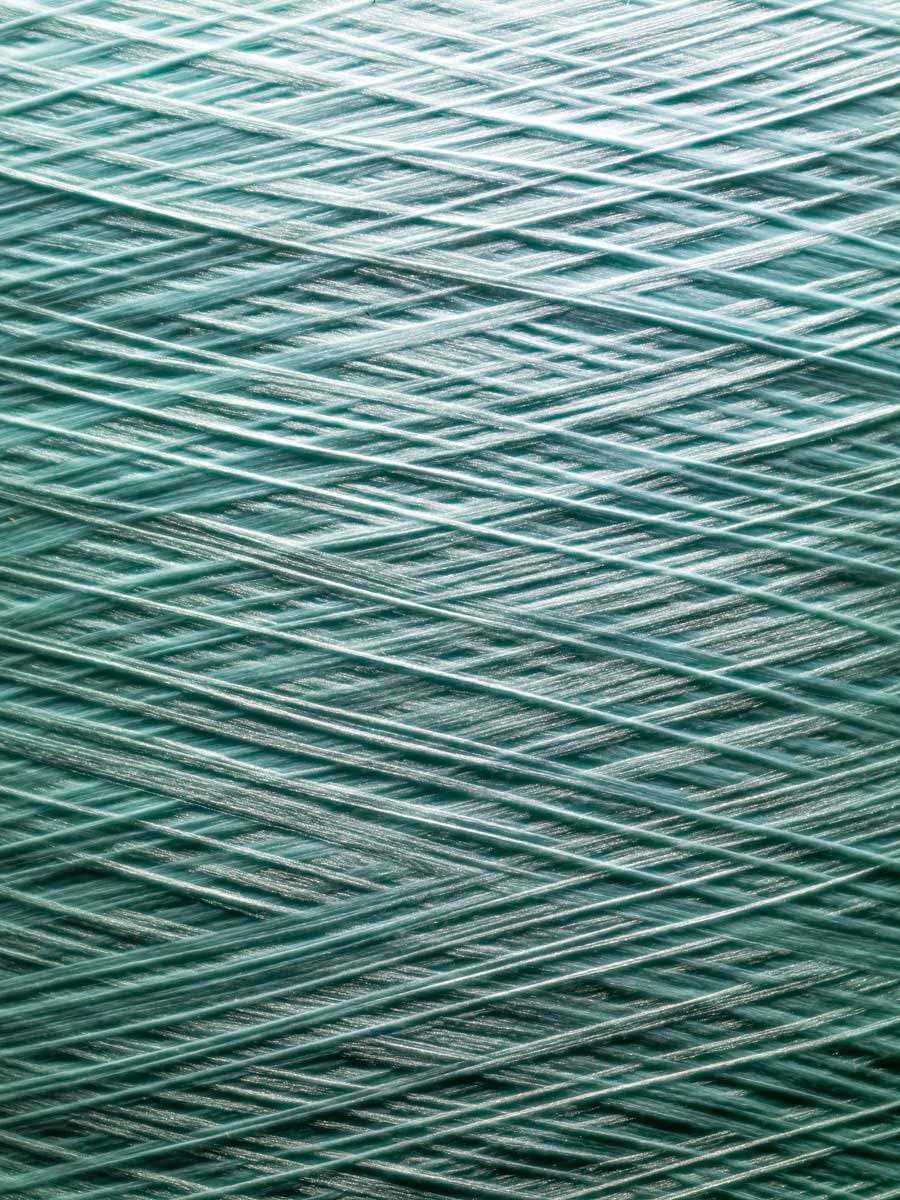
After the regeneration and purification process, ECONYL® regenerated nylon is processed into carpet yarn and textile yarn to create responsible textiles for the fashion and design industry.
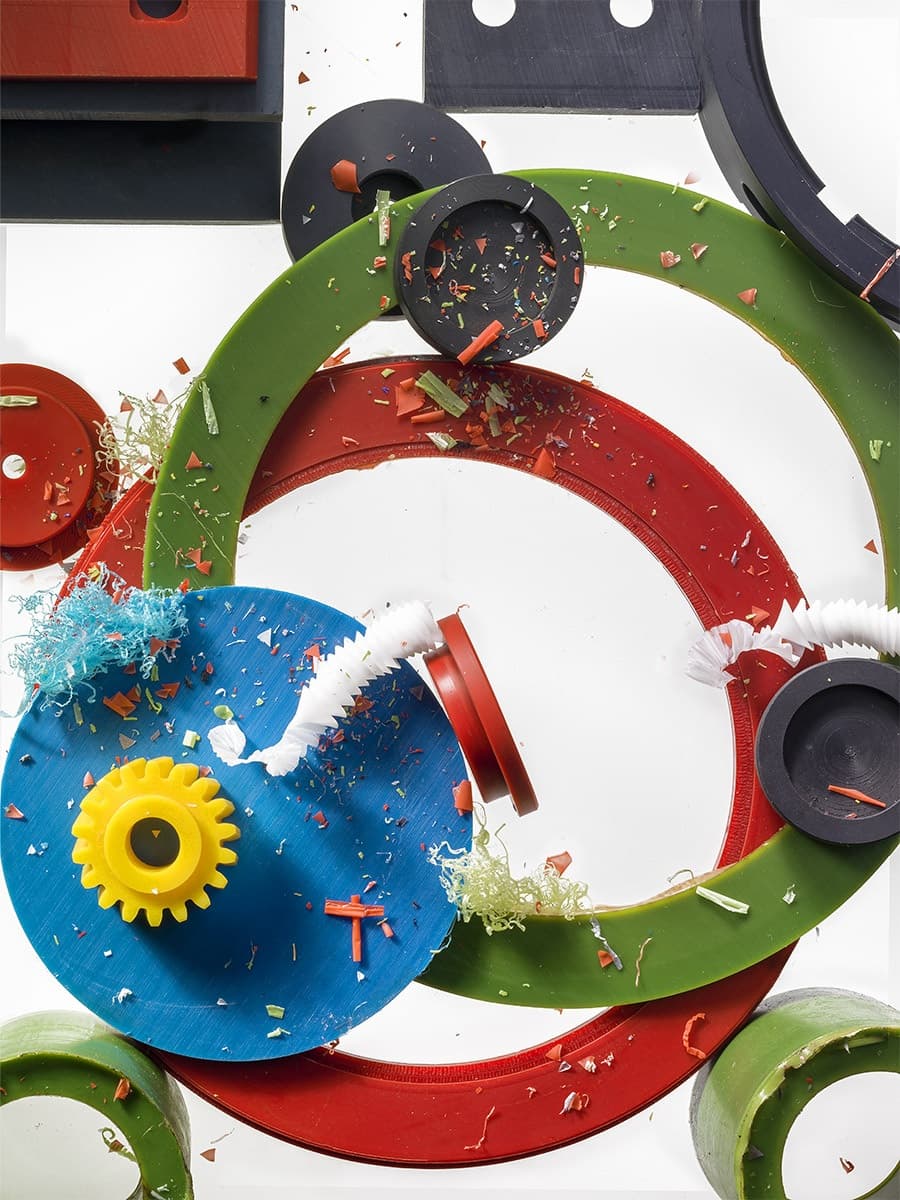
Industrial plastic, waste fabric from landfills, and fishing nets from oceans are reclaimed and regenerated into ECONYL® yarn.
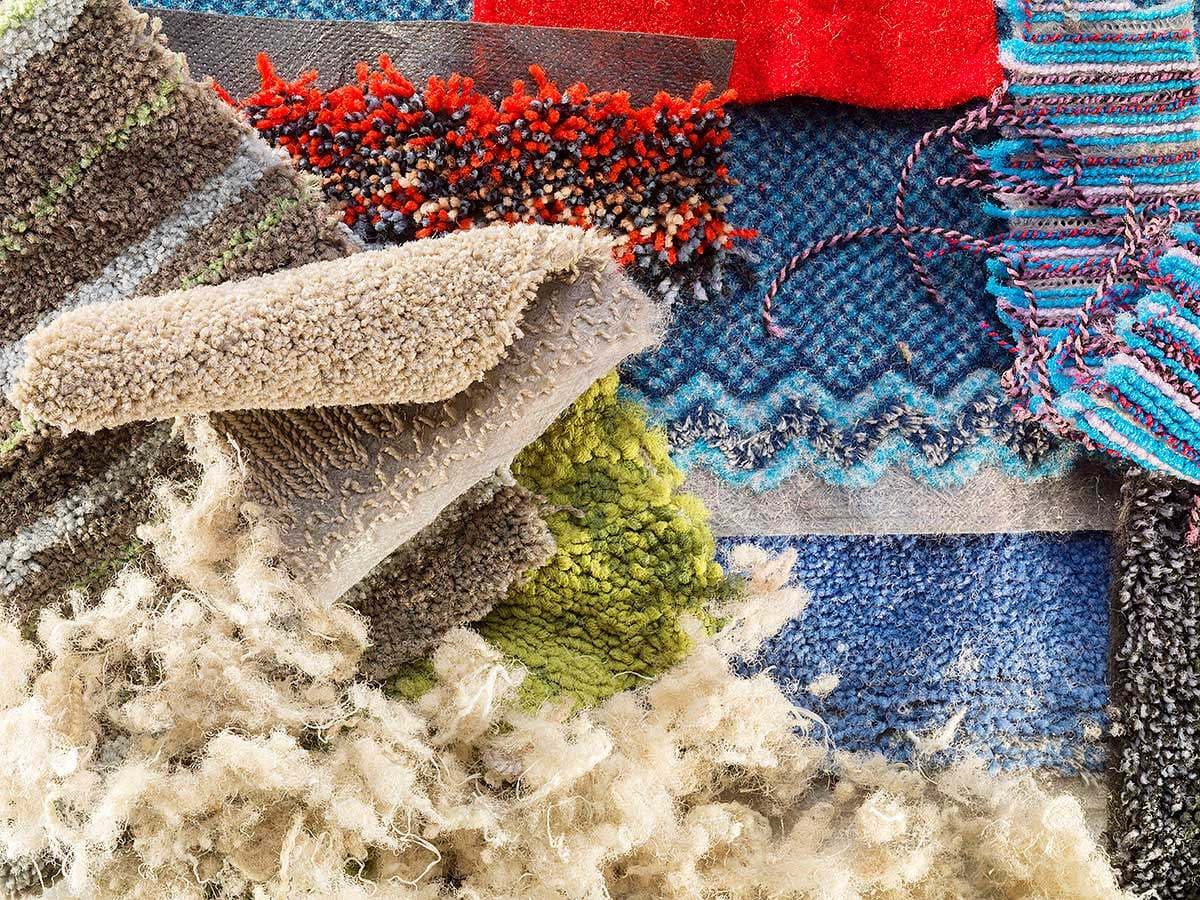
Designers and carpet producers use ECONYL® regenerated nylon to create new products.
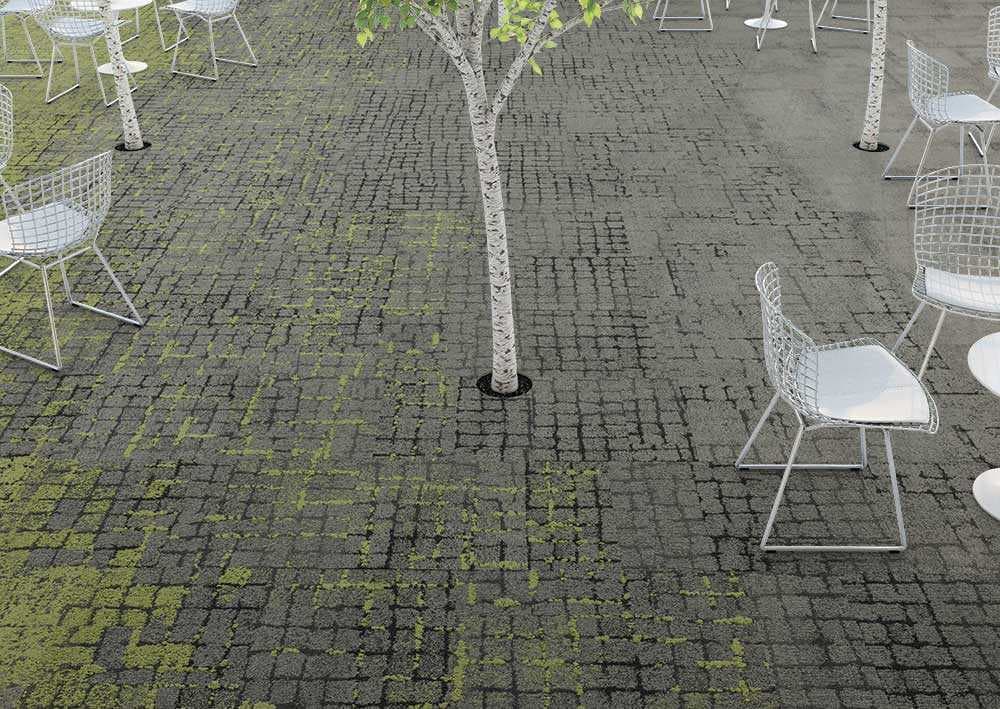
David Oakey’s Human Connections™ collection for Interface is made from ECONYL® yarn. The collection is inspired by biophilia and embraces nature’s elements in interactive, gritty, urban neighborhoods.
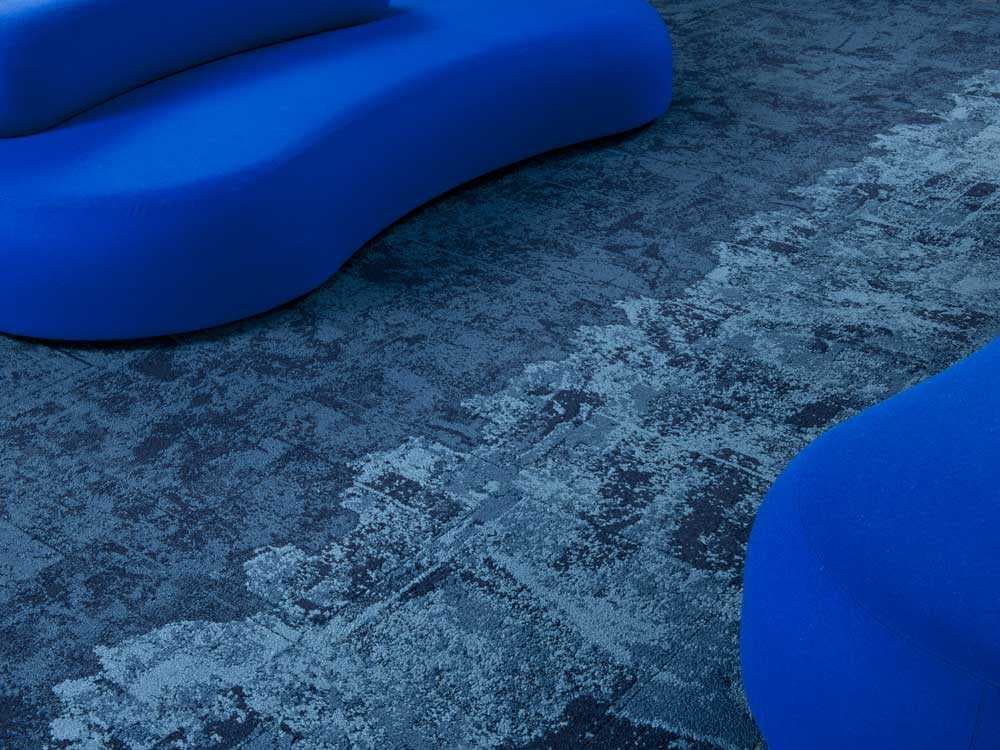
The Net Effect™ collection by David Oakey for Interface is made with 100% regenerated ECONYL® yarn and is inspired both by the beauty of the ocean’s biodiversity and plight of marine life that is endangered by ghost fishing nets, overfishing, pollution and climate change.
—
Made from 100% regenerated waste, ECONYL nylon is transformed into performance-driven materials that can be recycled, recreated and remolded again and again. ECONYL regenerated nylon contributes to LEED points, serving architects, designers, carpet producers, and most importantly, a sustainable future. Visit econyl.com to learn more.
Follow Aquafil / ECONYL on Facebook, Twitter and Instagram.
p.s. did you miss any previous episodes of NeoConversations? Listen here.
Subscribe to the NeoConversations podcast on Apple Podcasts or Google Play. NeoConversations is a production of 2VDE Media. This episode was edited by Rich Stroffolino.